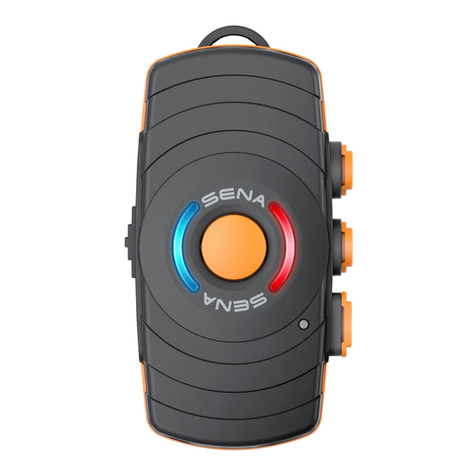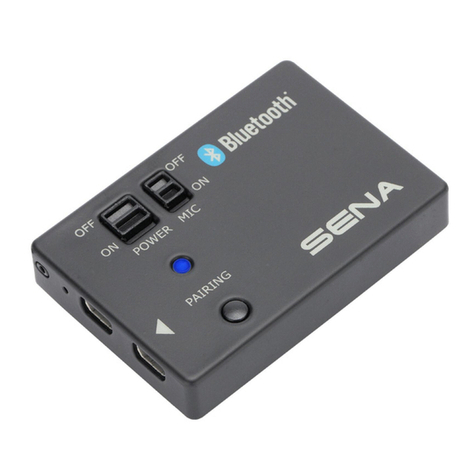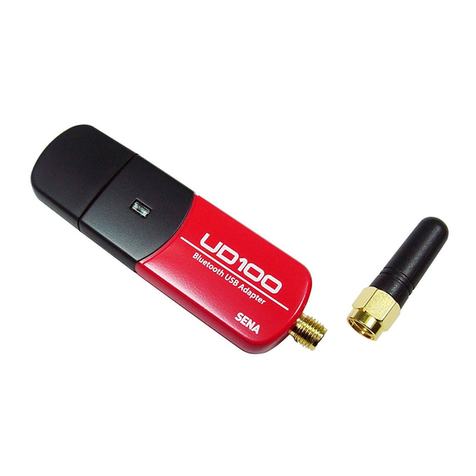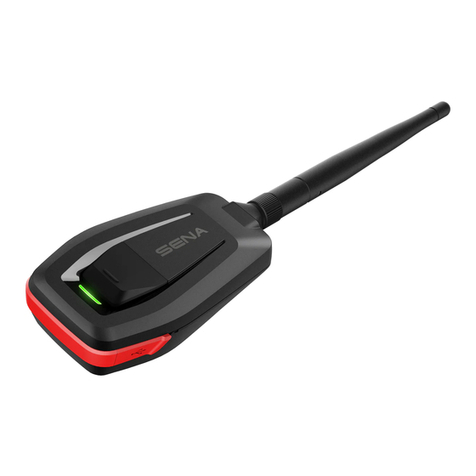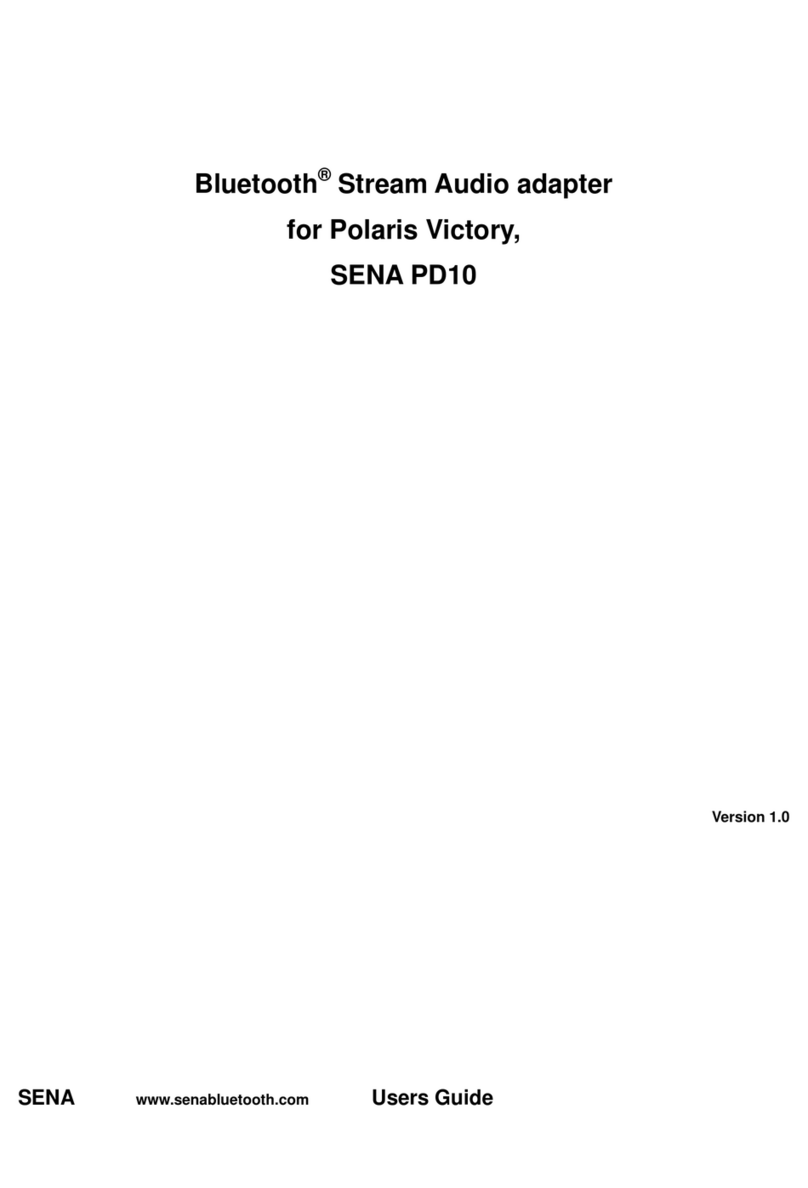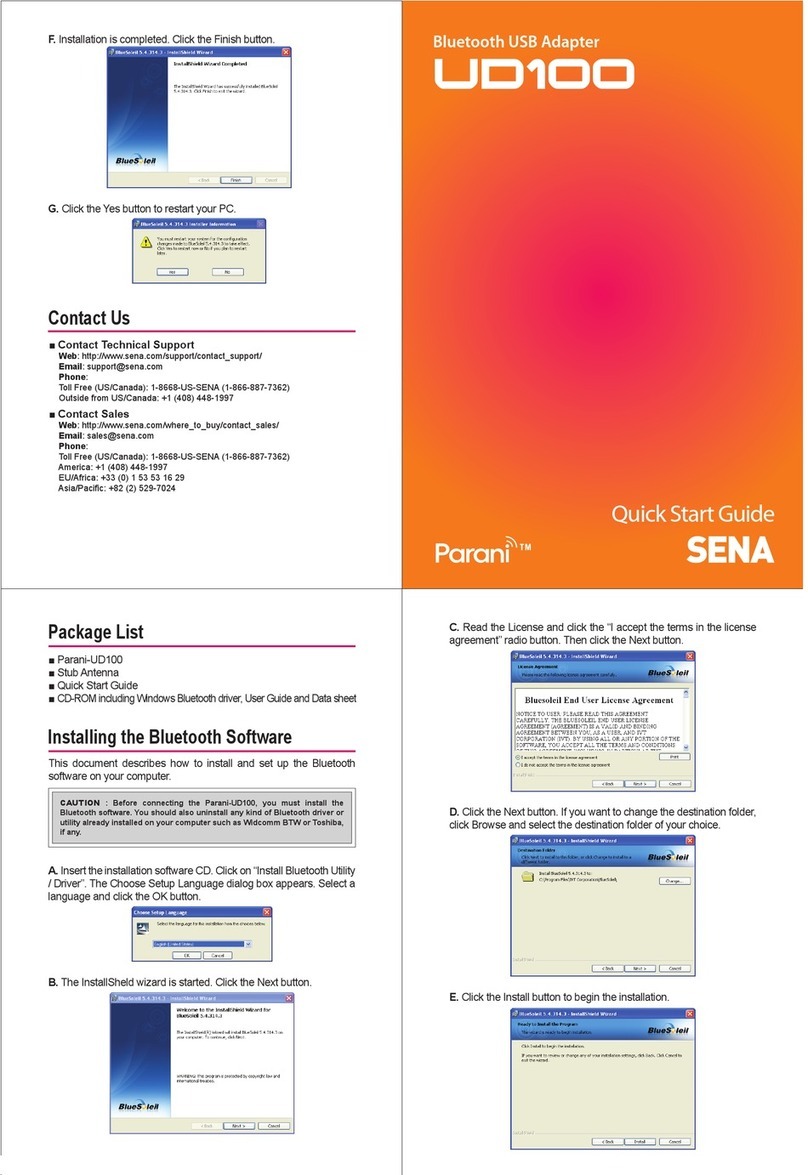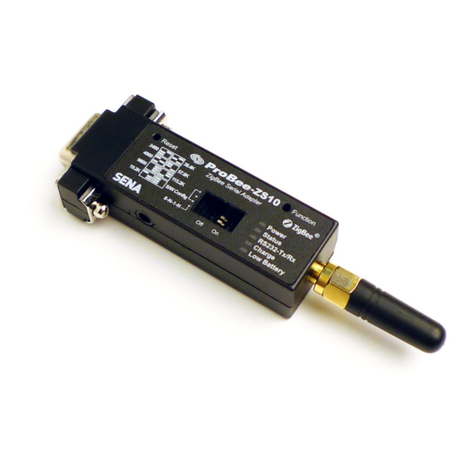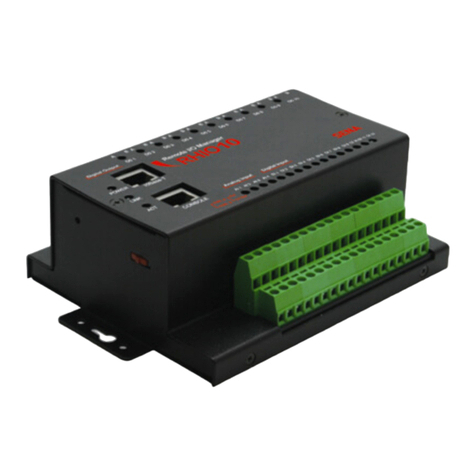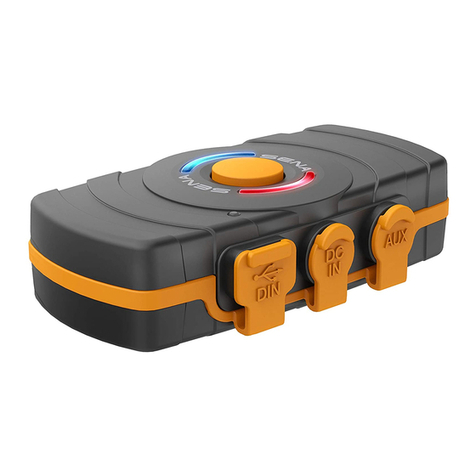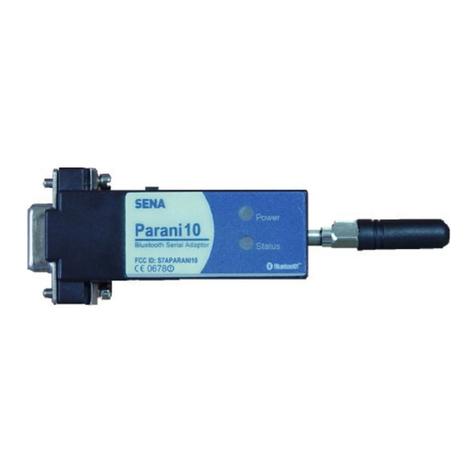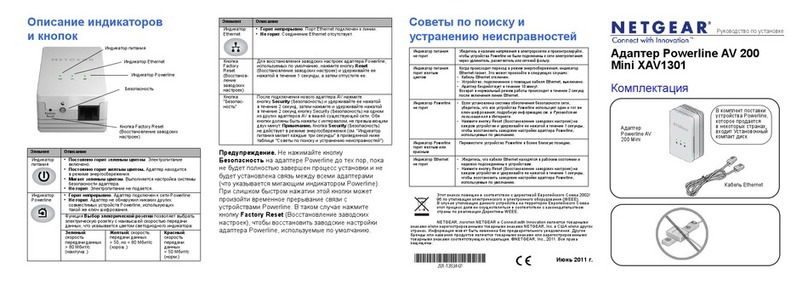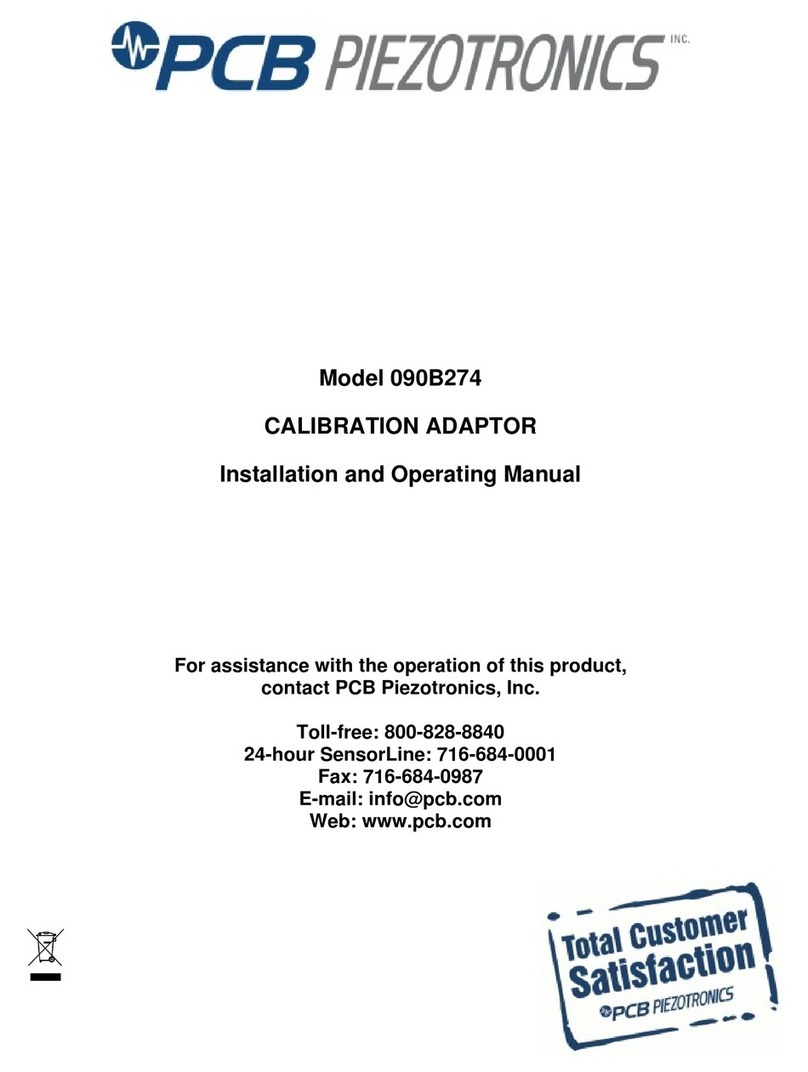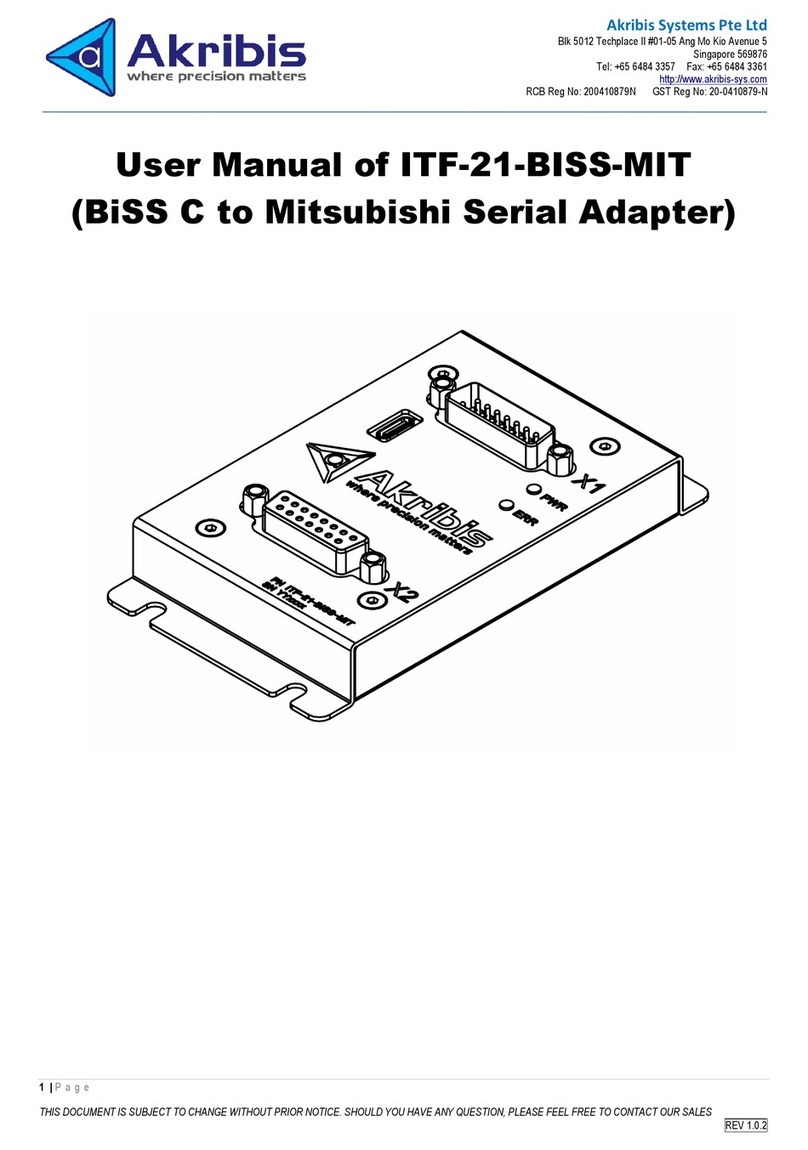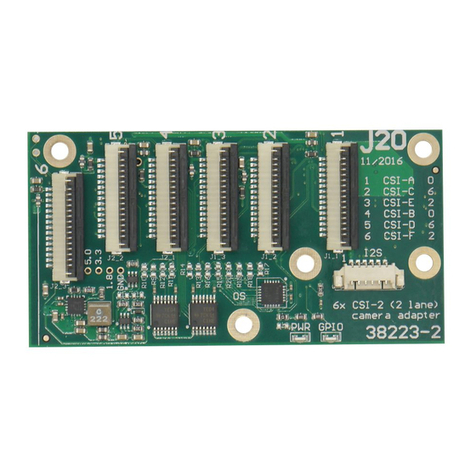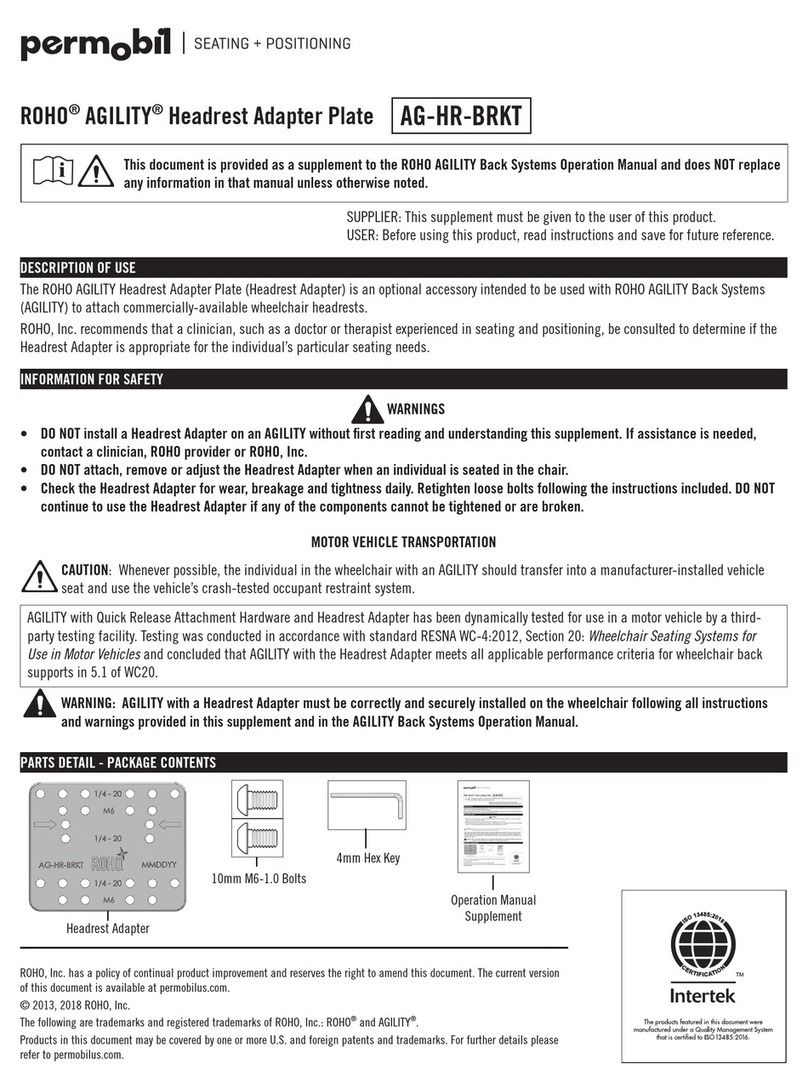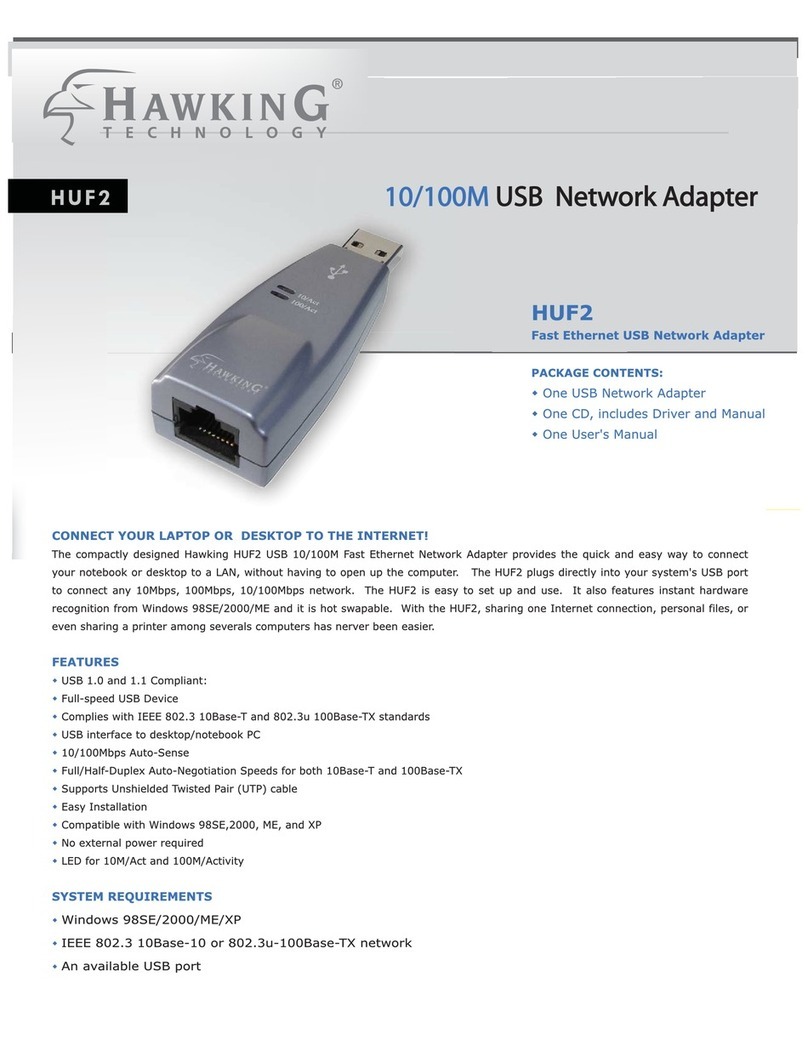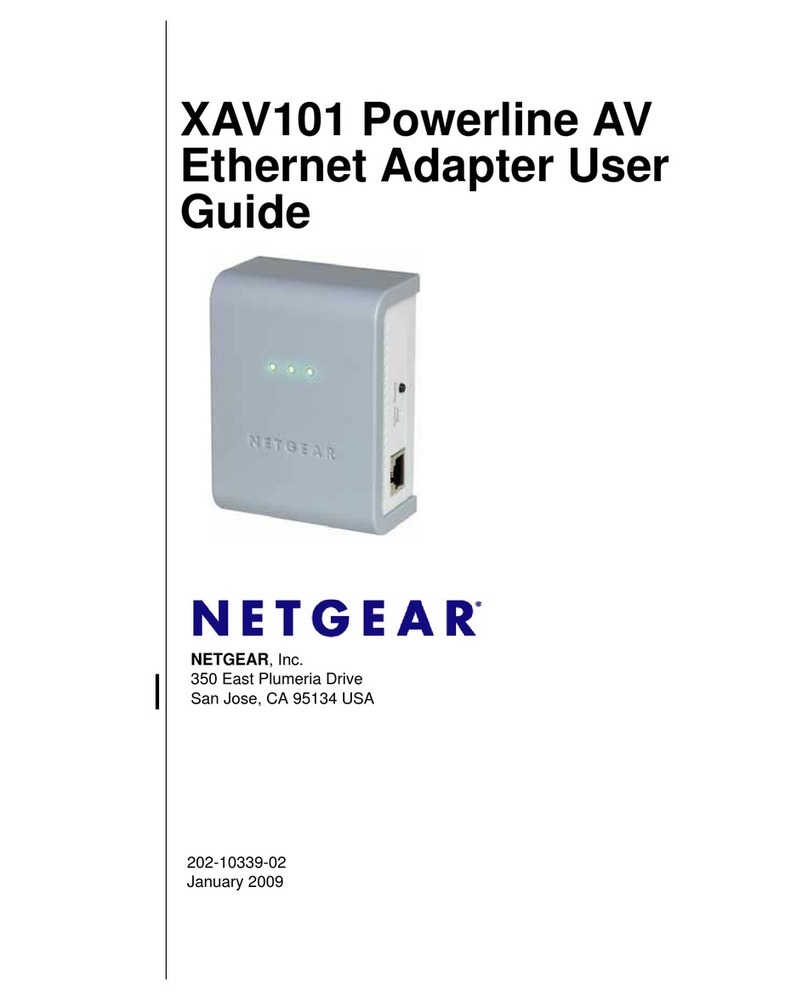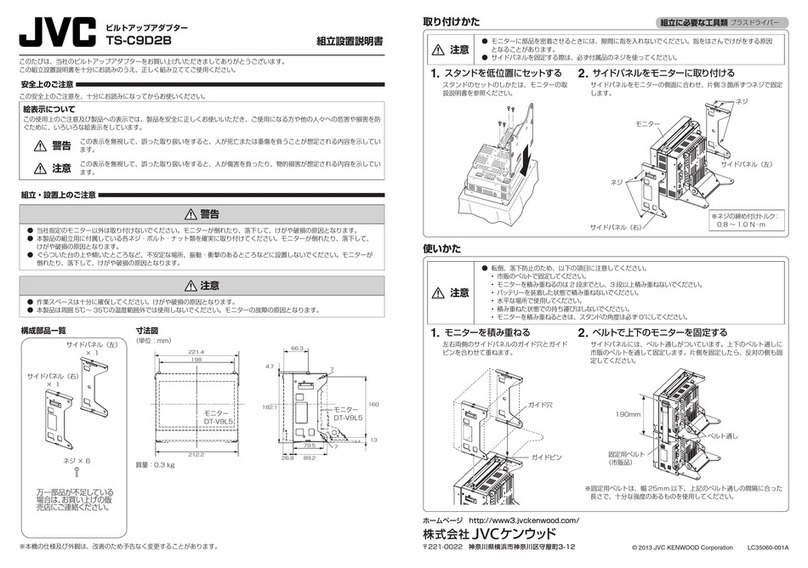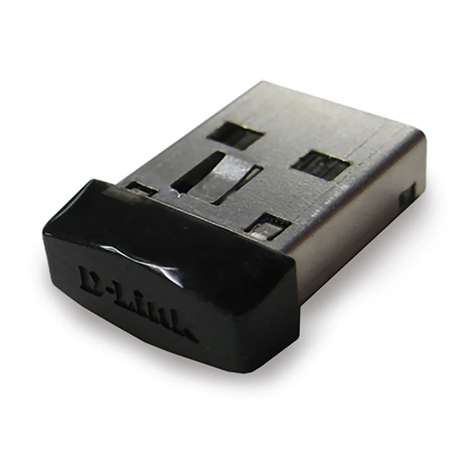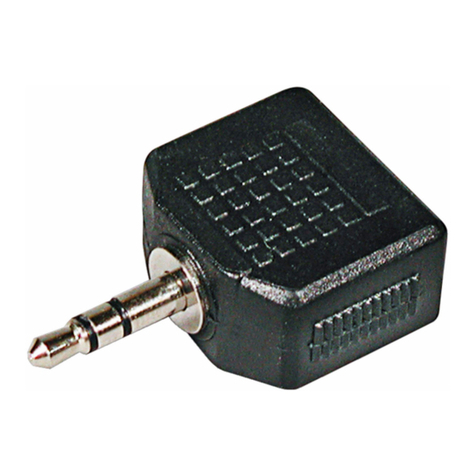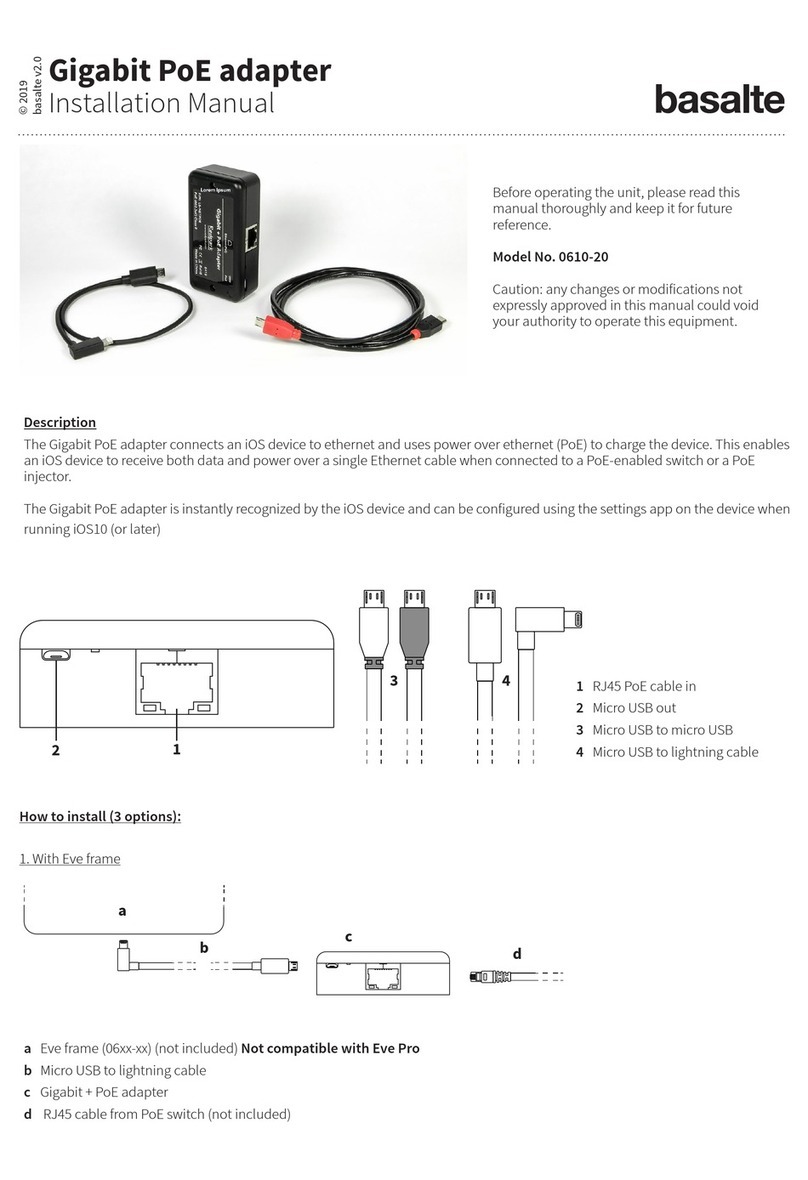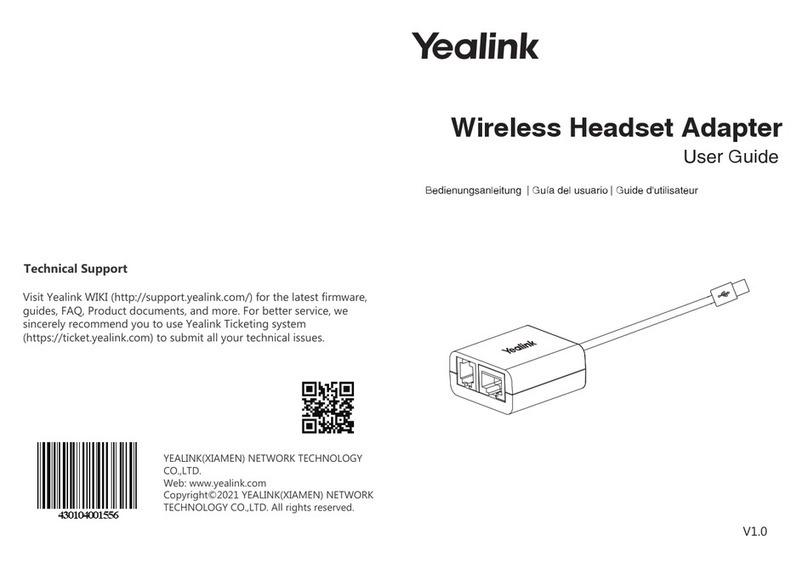6.1.4 Sleepy End-device............................................................................................................ 43
6.1.5 Specifying Network ........................................................................................................... 43
6.2 Data Transmission................................................................................................................... 44
6.2.1 Command Mode ............................................................................................................... 44
6.2.2 DataMode........................................................................................................................ 44
6.3 UART Settings......................................................................................................................... 45
6.4 Security ................................................................................................................................... 46
6.5 Firmware Upload..................................................................................................................... 46
6.5.1 Local Node ....................................................................................................................... 46
6.5.2 Remote Node................................................................................................................... 46
6.5.3 Clone................................................................................................................................ 47
7 S-REGISTERS........................................................................................................ 48
7.1 Display Options ....................................................................................................................... 48
7.1.1 S11................................................................................................................................... 48
7.1.2 S12................................................................................................................................... 49
7.1.3 S13................................................................................................................................... 49
7.2 Network Settings .....................................................................................................................49
7.2.1 S21................................................................................................................................... 49
7.2.2 S22................................................................................................................................... 49
7.2.3 S23................................................................................................................................... 49
7.3 Data Transmissions .................................................................................................................50
7.3.1 S31................................................................................................................................... 50
7.3.2 S32................................................................................................................................... 50
7.3.3 S33................................................................................................................................... 50
7.3.4 S34................................................................................................................................... 50
7.3.5 S35................................................................................................................................... 51
7.3.6 S36................................................................................................................................... 51
7.3.7 S37................................................................................................................................... 51
7.3.8 S38................................................................................................................................... 52
7.3.9 S39................................................................................................................................... 52
7.4 End Device..............................................................................................................................52
7.4.1 S51................................................................................................................................... 52
7.4.2 S52................................................................................................................................... 52
7.4.3 S53................................................................................................................................... 53
7.4.4 S54................................................................................................................................... 53
7.4.5 S55................................................................................................................................... 53
7.4.6 S56................................................................................................................................... 53
7.5 Sink......................................................................................................................................... 54
7.5.1 S61................................................................................................................................... 54
